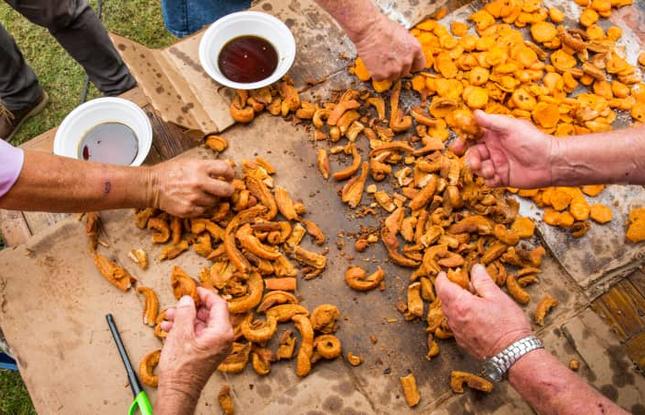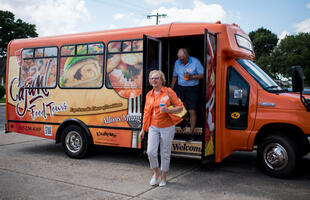Louisiana Signature Dish: Cochon de Lait
The French may have named it, but Louisiana has long perfected the custom of roasting a suckling pig with delicious results.
What is cochon de lait?
One of Acadiana’s most famous and delectable dishes is also its most impressive. To make cochon de lait, which literally translates to “suckling pig,” a whole marinated young pig is pit-roasted, sliced thin and then served with gravy on a plate or po'boy. Not only is the resulting taste out of this world, but the aroma of the pig cooking is down-right intoxicating. The roasting process itself is often a huge communal affair, with folks gathering to prepare the pig, then socialize and celebrate as it cooks.
How do you say cochon de lait?
You’re probably more familiar with pronouncing café au lait, so use that as your guide. To say cochon de lait, think “co shon de lay” or “co shawn du lay.”
Where did cochon de lait originate?
Although the term cochon de lait is French, the tradition of cooking a pig over an open hardwood fire has been a social event in Louisiana for as long as anyone can remember. Exactly when the practice started here is uncertain, although the custom is known to have begun in Cajun Country at least more than a century ago. It is still widely practiced at “pig roasts” throughout the state, where the preparation of the meal typically turns into a daylong party – in true Louisiana style.

Pigs roast at the Cochon de Lait Festival.
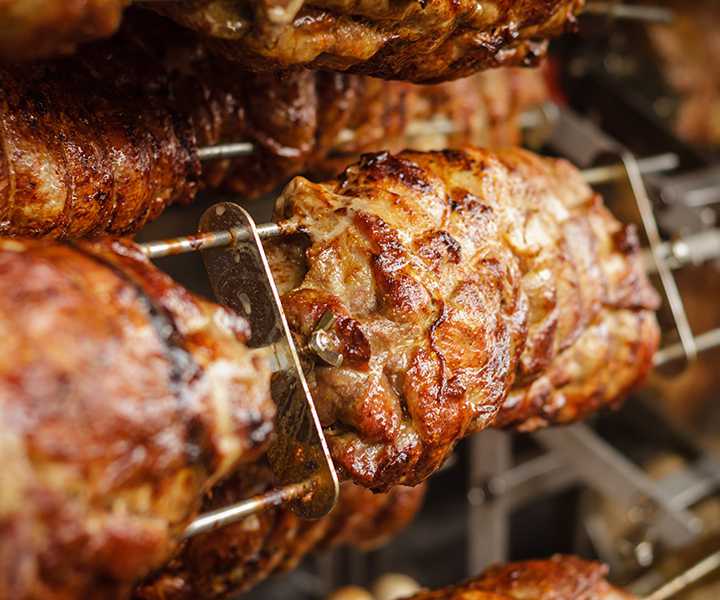
Competitors use a traditional roasting method.
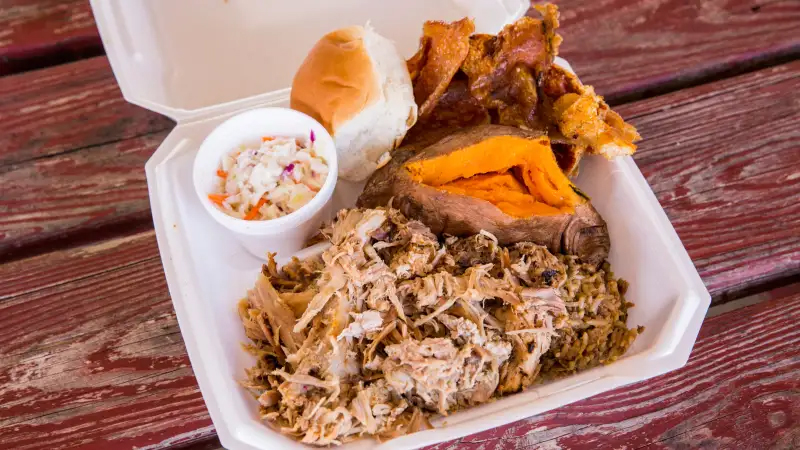
Enjoy pulled pork at the Cochon de Lait festival.
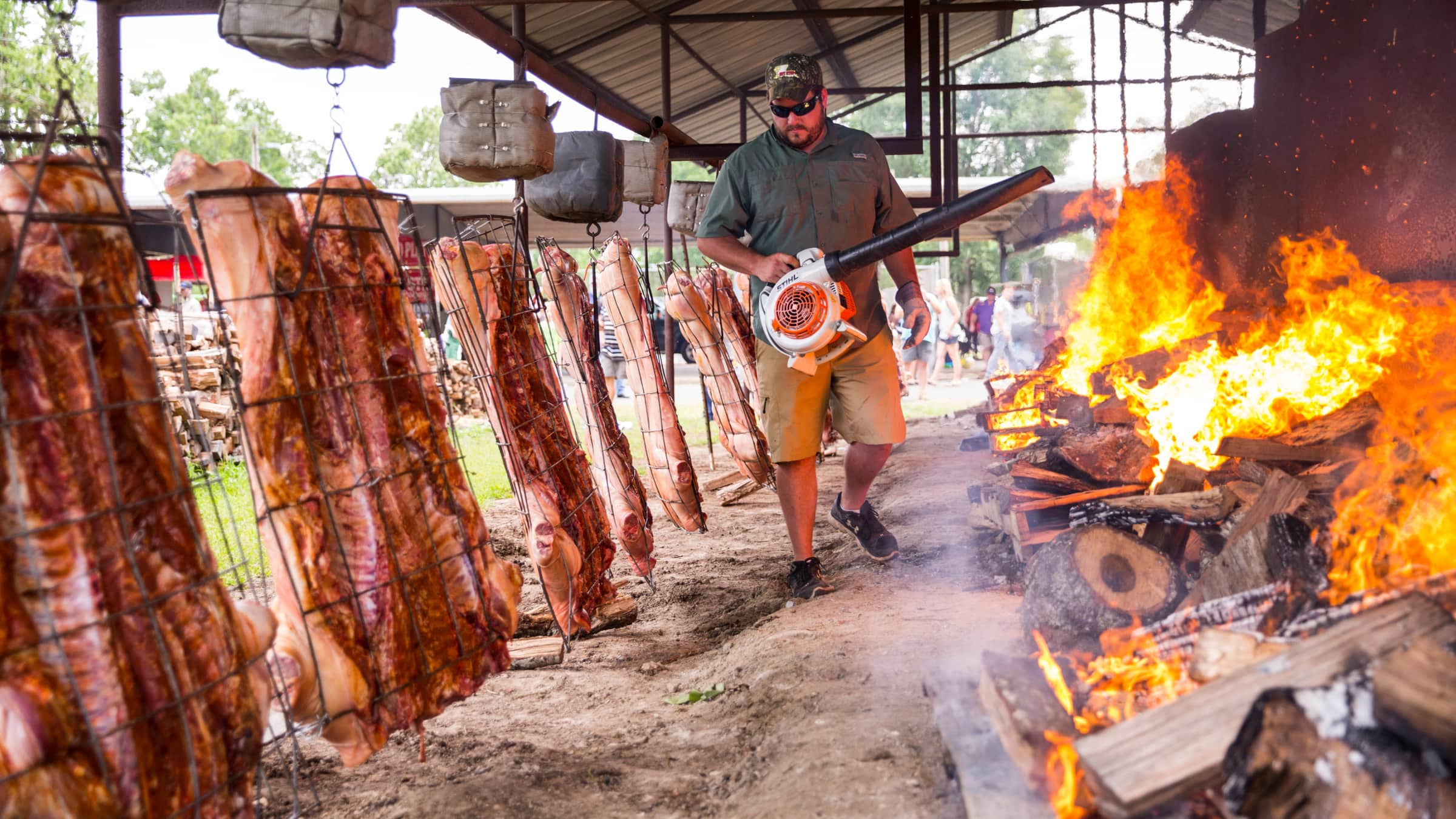
Someone stokes the fire for roast suckling pig.
How do you make cochon de lait?
Cochon de laits were originally cooked over fireplaces in early-American kitchens, but the most common method today is in an outdoor cooking shed, grill or open fire pit. To prepare the pig, season it inside and out with salt, pepper, garlic and maybe a little cayenne, then inject an infused liquid into the front and rear hams and tenderloins for added moisture and flavor. (A mix of melted butter, white wine, hot sauce and garlic powder is a popular blend.) Next, cut through the backbone at the neck and tail using a meat saw, lay the pig open flat and wrap it in clean wire mesh wire. Secure the pig 3-4 feet over the flame and cook it slowly, rotating often, for approximately one hour per every 10 pounds. A fire that is constantly maintained should cook a 50-pound pig in about five or six hours, giving you plenty of time to kick back and relax with family and friends.
Where can I try cochon de lait?
It’s a good bet you’ll find it at a variety of fairs, festivals and tailgates around the state, but it’s a sure bet you can enjoy some cochon de lait in Mansura, which calls itself the “Cochon de Lait Capital of the World”. Don't miss the annual Cochon de Lait Festival, held during the second full weekend in May each year, where guests can enjoy Cajun food, music, fun and plenty of that famous roast suckling pig.
Can't make it to Mansura? Savor smoky bites of cochon de lait at restaurants like Commander's Palace and Cochon, both in New Orleans; Restaurant Cotton in Monroe; and BRQ Seafood & Barbeque in Baton Rouge.
